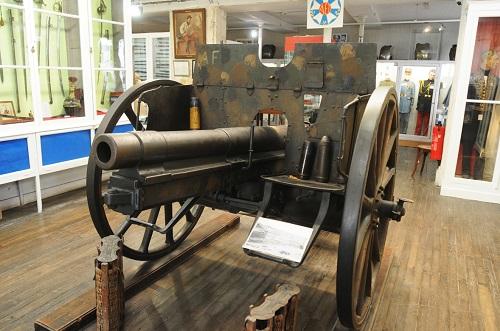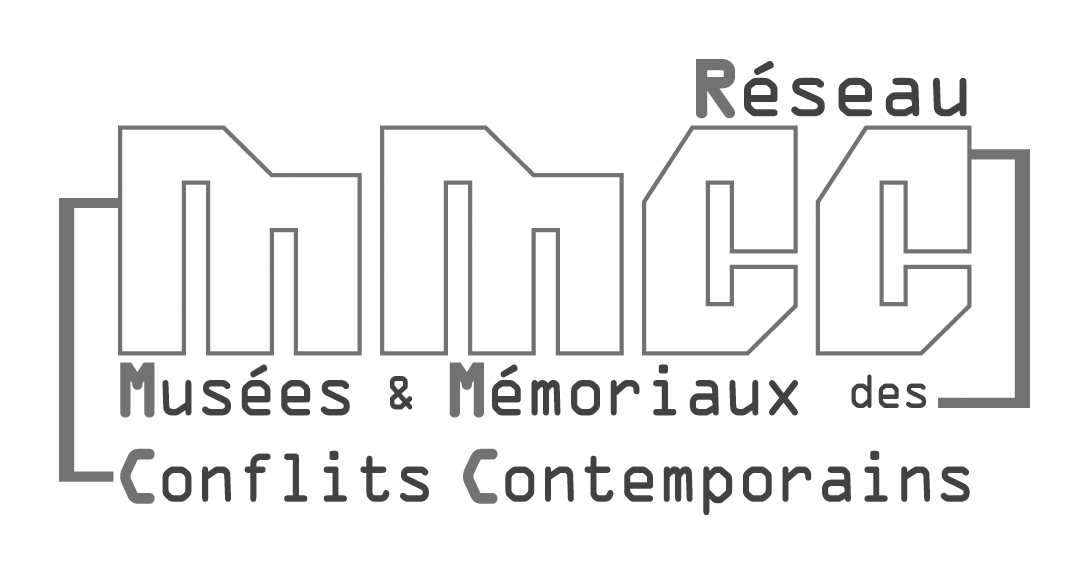
©Musé Militaire du Perigord-JR-Courbin-2002
Musée centenaire fondé par les vétérans de 1870, présentant l’histoire militaire locale au sein de la grande région Aquitaine grâce à des collections exceptionnelles (plus de 13 000 objets exposés).
Ouvert depuis 1911, il est dédié à la mémoire des Périgourdins et de leurs familles qui y ont déposé, depuis cette époque, armes, uniformes et souvenirs de toutes sortes, en complément de dons de l’État et de dépôts d’autres musées. Les collections évoquent la mémoire des combattants de la région, à toutes les époques, dans leur vie quotidienne, leurs engagements, qu’ils aient été soldats de métier ou simplement appelés sous les drapeaux, en la situant dans le cadre global de l’histoire militaire de la France.
Du Moyen Age à l’époque actuelle, les objets et documents présentés sont le plus souvent rares, remarquables, émouvants ou simplement pittoresques et proviennent autant de personnages célèbres (Daumesnil, Bugeaud …) que de simples soldats. Vous trouverez au Musée Militaire du Périgord, plus de 15 000 objets militaires.
Les conflits de 1914/1918, 1939/1945, Indochine, Algérie ont apporté leur lot de souvenirs, parfois remis par l’Etat comme les canons et mitrailleuses, prises de guerre sur l‘ennemi d’alors, mais aussi et toujours par les combattants eux-mêmes ou leur famille.
Et le flot ne tarit pas puisque ces dernières années, des souvenirs d’ex Yougoslavie ou de la guerre Du Golfe ont été inscrits à l’inventaire du musée. La présentation permanente des collections au public, s’accompagne d’expositions annuelles consacrées à un thème historique, tout en accordant également une assistance à l’organisation de manifestations locales organisées par diverses collectivités par le biais d’un service de conseil et de prêts d’objets.
Un effort particulier est exercé dans le domaine de l’éducation par un accueil des classes gratuit et accompagné sur des thèmes choisis par les enseignants. L’établissement est, depuis sa création, toujours géré par les membres bénévoles de l’Association du Musée Militaire des Gloires et Souvenirs du Périgord qui ont en charge la présentation et l’entretien des collections, organisent les expositions et assurent les visites guidées.
